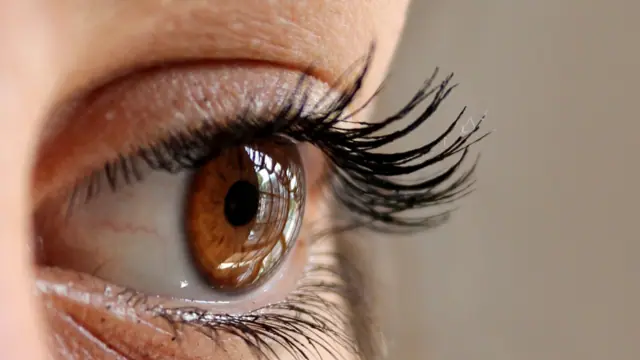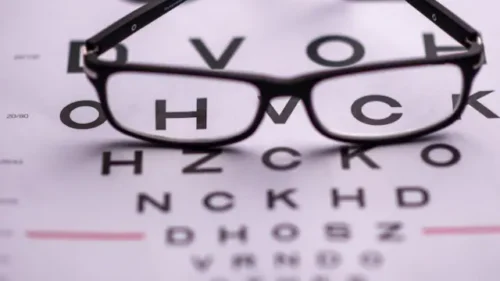
Understanding the Effects and Diagnosis of Color Blindness
Color blindness is an eye health condition when a person is unable to see colors in a normal way. It is also known as color deficiency. It occurs when the cone cells, which are located in the retinal tissue at the back of the eye, are damaged or don’t function. If you’re looking for ways to improve your eye health and relax your eyes, there are several helpful tips you can follow for diagnosis of color blindness.
Firstly, taking regular breaks from prolonged screen time can significantly reduce eye strain. Secondly, practicing the 20-20-20 rule can be beneficial – every 20 minutes, look at something 20 feet away for about 20 seconds. Additionally, ensuring proper lighting conditions and maintaining a comfortable distance from screens while reading or working can also help alleviate eye stress. Finally, regular eye check-ups are essential to monitor and address any potential eye issues. By incorporating these practices into your routine, you can take proactive steps to care for your eyes and promote better overall eye health.
Symptoms of Color Blindness
- Difficulty distinguishing between different colors
- Inability to see different hues, shades or tones of the same color
How Does Color Blindness Affect Daily Life
1. Driving
If you are colorblind, you wouldn’t be able to distinguish the colors of the traffic signal. All the colors will look the same, thus making it difficult and dangerous to drive. Due to their inability to tell the difference between the signal colors, they may run the stop signal without realizing.
2. Cooking
It can get quite frustrating for those with color blindness to cook. They won’t be able to tell similar vegetables apart and can’t differentiate between ripe or raw fruits and vegetables.
For instance, a red/green colorblind person cannot tell if the meat is cooked rare or well-done. They cannot tell the difference between green and ripe tomatoes, ripe or unripe bananas. In fact, ketchup and chocolate sauce also look the same to them.
Colorblind kids may get fussy while eating green vegetables as they may look repulsive to them in brown color.
3. Education
Kids won’t be able to paint, identify a chemical reaction whose result is based on the color of the product or determine a litmus test outcome. Due to this, they may be mocked by fellow students which can be psychologically damaging.
4. Career
Some engineering jobs require the ability to work with colored wiring which will be a challenge when someone cannot distinguish between the colors.
You won’t be able to work as a pilot or in the army. These jobs consist of one responding quickly to blinking lights or cutting colored wires. Civilian flying laws are much more relaxed; however, the options will be quite limited.
A career in fields like fashion and art will also be quite challenging. You will be unable to differentiate between colors and may need someone’s help to identify them.
Diagnosis of Color Blindness
-
Ishihara test
This is the most common test to diagnosis of color blindness. It can test for red/green blindness but not blue color blindness.
The test consists of 38 plates of circles that are created by irregular-colored dots in two or more colors. Each plate hides a number or line behind colorful dots.
Based on what they see or don’t, you can check if someone is suffering from red/green blindness. Special plate tests are devised to diagnose young children who are not old enough to identify numbers.
-
Color Arrangement Test
In this test, you just have to arrange the given colors in the correct order of colors. Those suffering from some form of color blindness will arrange them differently as compared to those with normal color vision.
This test can help you test the type as well as the severity of color blindness. The result of the test will give a good indicator of the correct color vision abilities.
-
RGB Anomaloscope
An anomaloscope is based on a color match. In RGB anomaloscope test, you have to match the colors given in the boxes. On one side, you will have a yellow color that can be adjusted in brightness. The other side consists of a red and green light in which the proportion of the mixture is variable.
Color vision deficiency can be genetic or developed at a later stage in life. If you see a significant change in color perception, you must visit an ophthalmologist immediately.


